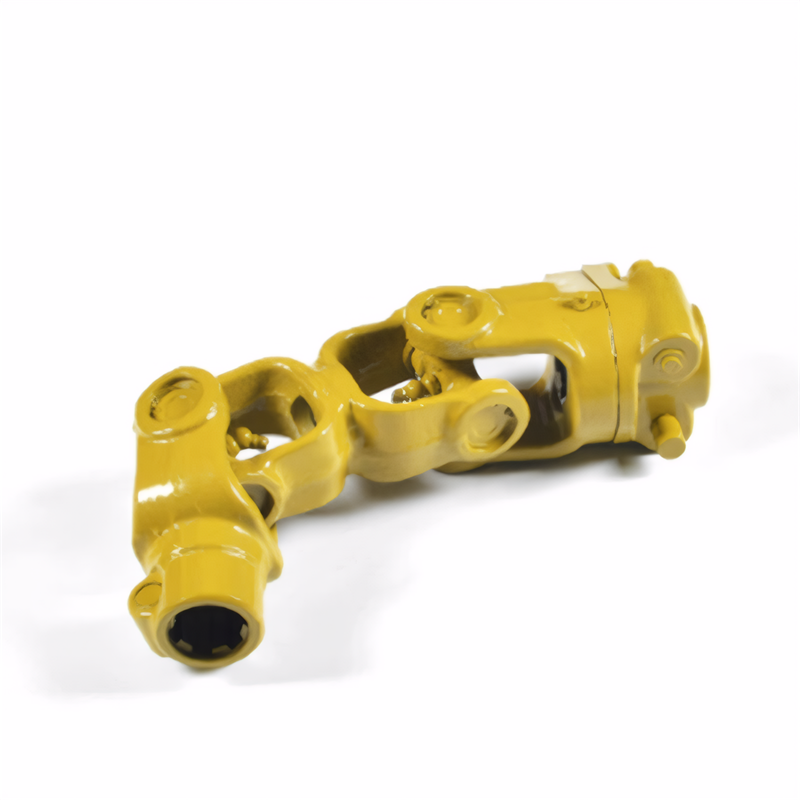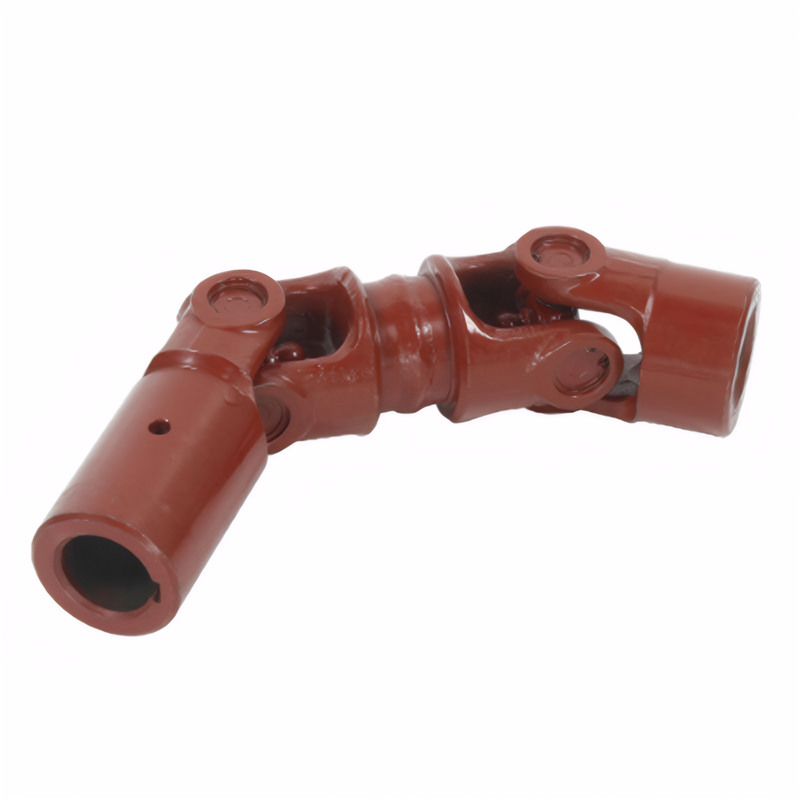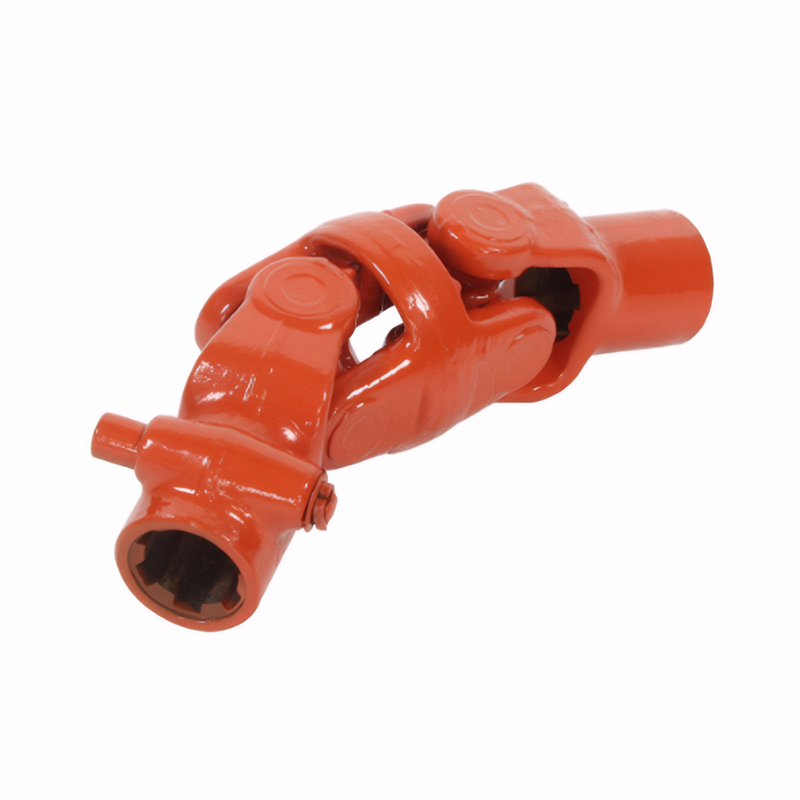The replacement process of drive shaft bearings and key points of CNC processing services for plastic products
Transmission Shaft Bearing Replacement Process
Pre - Replacement Preparation
Before starting the replacement of a transmission shaft bearing, it is essential to gather all the necessary tools and equipment. This includes a set of wrenches of different sizes to handle various bolts and nuts, a socket set for tightening and loosening socket - head fasteners, a bearing puller for safely removing the old bearing, and a hydraulic press or a suitable bearing installation tool for installing the new bearing. Additionally, a torque wrench is crucial for ensuring that the bolts are tightened to the manufacturer's specified torque values, preventing over - tightening or under - tightening, which could lead to premature bearing failure or other mechanical issues.
Safety is also a top priority during the preparation stage. Wear appropriate personal protective equipment such as safety glasses to protect your eyes from flying debris, gloves to safeguard your hands from sharp edges and hot components, and work boots to prevent foot injuries. Moreover, park the vehicle on a level and stable surface and engage the parking brake to prevent it from moving during the replacement process. If the vehicle is equipped with an automatic transmission, place it in the "Park" position, and for a manual transmission, put it in a low gear.
Removal of the Old Bearing
The first step in removing the old transmission shaft bearing is to locate and remove the retaining components. This may involve taking off the hub assembly, which is usually secured with bolts around its perimeter. Use the appropriate wrench or socket to loosen and remove these bolts. Once the hub assembly is removed, the transmission shaft may be exposed, along with the bearing that needs to be replaced.
Next, use a bearing puller to carefully extract the old bearing from the transmission shaft. A bearing puller is designed to grip the inner or outer race of the bearing and apply force to pull it out without damaging the shaft or the surrounding components. Place the puller's jaws around the bearing and adjust them to ensure a secure fit. Then, use a wrench to turn the center screw of the puller, gradually applying pressure until the bearing starts to move. Continue turning the screw until the bearing is completely removed from the shaft.
After removing the bearing, inspect the transmission shaft for any signs of wear, damage, or corrosion. If there are any scratches, grooves, or pitting on the shaft surface, it may need to be repaired or replaced before installing the new bearing. A damaged shaft can cause uneven load distribution on the new bearing, leading to premature failure.
Installation of the New Bearing
Before installing the new transmission shaft bearing, clean the shaft and the bearing housing thoroughly. Use a suitable cleaning solvent to remove any dirt, grease, or old lubricant. Allow the components to dry completely before proceeding with the installation. This ensures a proper fit and reduces the risk of contamination, which could affect the bearing's performance.
If using a hydraulic press for bearing installation, place the new bearing on the press's anvil and align it with the transmission shaft. Make sure that the bearing is positioned correctly, with the inner race in contact with the shaft. Slowly apply pressure using the press until the bearing is fully seated on the shaft. It is important to apply pressure evenly to avoid damaging the bearing or the shaft.
Alternatively, if a bearing installation tool is used, follow the manufacturer's instructions for proper use. These tools are designed to provide a controlled and even force for installing the bearing. Once the bearing is installed, check its alignment and ensure that it is seated properly on the shaft. There should be no visible gaps or misalignment between the bearing and the shaft.
Reassembly and Final Checks
After installing the new bearing, it's time to reassemble the components that were removed earlier. Start by reinstalling the hub assembly onto the transmission shaft. Make sure that the hub is properly aligned with the shaft and that any splines or keyways engage correctly. Then, use the appropriate bolts and a torque wrench to tighten the hub assembly to the manufacturer's specified torque value. This ensures a secure connection and prevents the hub from coming loose during operation.
Once the hub assembly is in place, reinstall any other retaining components such as brake rotors, calipers, or axle nuts, depending on the vehicle's configuration. Again, use a torque wrench to tighten these components to the correct torque specifications.
Before putting the vehicle back into service, perform a final check to ensure that everything is properly installed and functioning correctly. Rotate the transmission shaft by hand to check for any abnormal noise, vibration, or resistance. If everything feels smooth and there are no unusual sounds, start the vehicle and let it run for a short period while monitoring the transmission shaft area for any signs of leaks or abnormal operation.
Key Points for CNC Machining Services of Plastic Products
Precision in Tool Selection and Setup
The success of CNC machining plastic products heavily relies on the precision of tool selection and setup. Different types of plastics have unique characteristics, such as hardness, melting point, and thermal conductivity, which require specific cutting tools. For soft plastics like polyethylene, high - speed steel (HSS) end mills with a sharp cutting edge can be used. These tools can effectively cut through the soft material without generating excessive heat that could cause melting or deformation.
For harder plastics such as acrylic or polycarbonate, carbide - tipped tools are more suitable. Carbide has higher hardness and wear resistance, allowing it to withstand the higher cutting forces associated with harder materials. When setting up the tools in the CNC machine, it is crucial to ensure accurate alignment. Misalignment can lead to uneven cutting, dimensional inaccuracies, and surface defects on the plastic products. Use precision measuring instruments to check the tool's position and make any necessary adjustments before starting the machining process.
Optimization of Cutting Parameters
Cutting parameters play a vital role in determining the quality of the machined plastic products. The cutting speed, feed rate, and depth of cut need to be optimized based on the type of plastic and the desired outcome. For most plastics, a relatively high cutting speed can be used to reduce the friction heat between the tool and the workpiece, minimizing the risk of melting. However, the speed should be carefully controlled to avoid overheating the tool or the plastic material.
The feed rate, which refers to the rate at which the tool moves along the workpiece, should be balanced between cutting efficiency and surface finish. A higher feed rate can increase the production rate but may result in a rougher surface finish. On the other hand, a lower feed rate can produce a smoother surface but may increase the machining time. The depth of cut should also be considered, as a deeper cut can remove more material in one pass but may generate more heat and put more stress on the tool and the workpiece. It is often necessary to conduct trial runs and adjust the cutting parameters based on the results to achieve the best possible quality.
Quality Control and Surface Finish Enhancement
Quality control is an essential aspect of CNC machining services for plastic products. After machining, the products should be inspected for dimensional accuracy using precision measuring tools such as calipers, micrometers, and coordinate measuring machines (CMMs). Any deviations from the specified dimensions should be identified and corrected if possible.
Surface finish is another important quality factor, especially for plastic products that are used in visible or high - precision applications. To enhance the surface finish, post - machining processes such as polishing or sanding can be employed. Polishing can remove any remaining tool marks or scratches on the surface, resulting in a smooth and glossy finish. Sanding can be used to level out any uneven areas and improve the overall appearance of the product. Additionally, choosing the right cutting tool geometry and cutting parameters can also contribute to a better surface finish during the machining process itself.
 Accuracy requirements for the
Accuracy requirements for the
 Selection of universal joint t
Selection of universal joint t
 Standard for coaxiality error
Standard for coaxiality error
 Requirements for the surface r
Requirements for the surface r
 简体中文
简体中文 English
English
